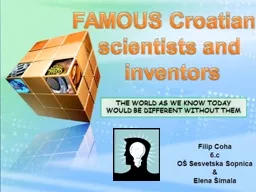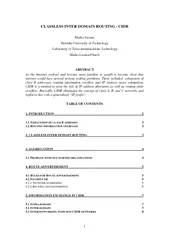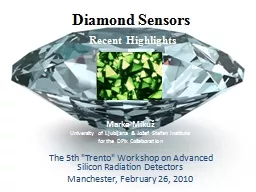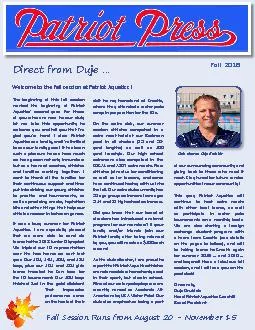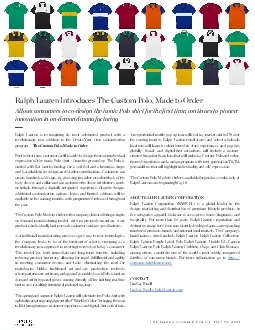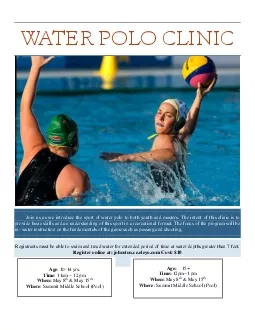PPT-MARKO POLO
Author : jane-oiler | Published Date : 2017-12-11
15 September 1254 Island of Korčula 8 9 January 1324 Republic of Venice Merchant traveller Polo s journey He was an merchan t raveller from Venice whose
Presentation Embed Code
Download Presentation
Download Presentation The PPT/PDF document "MARKO POLO" is the property of its rightful owner. Permission is granted to download and print the materials on this website for personal, non-commercial use only, and to display it on your personal computer provided you do not modify the materials and that you retain all copyright notices contained in the materials. By downloading content from our website, you accept the terms of this agreement.
MARKO POLO: Transcript
Download Rules Of Document
"MARKO POLO"The content belongs to its owner. You may download and print it for personal use, without modification, and keep all copyright notices. By downloading, you agree to these terms.
Related Documents

